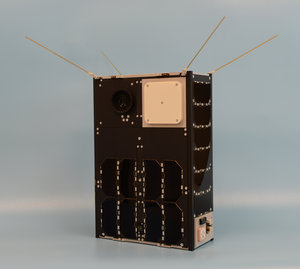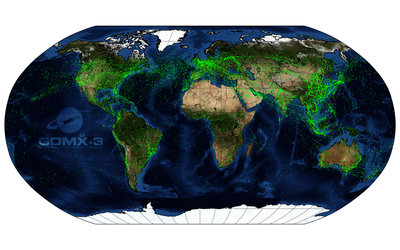
GomX-4 CubeSat commissioning
Thank you for liking
You have already liked this page, you can only like it once!
ESA’s latest mission has completed its in-orbit commissioning. The cereal-box-sized GomX-4B performed a transfer of data across hundreds of kilometres of space from its Danish twin.
Both of the nanosatellites were built by GomSpace in Denmark. GomX-4A, financed by the Danish Ministry of Defence, is focused on monitoring and imaging Denmark’s Arctic territory. The ESA-backed GomX-4B is testing a micro-propulsion system as well as an inter-satellite radio link with its counterpart. It also carries other technology payloads, including a hyperspectral imager.
CubeSats are small satellites based around standard 10cm cubic units, but these two ‘six-unit’ CubeSats still required weeks of in-orbit testing once they reached space, just like full-sized missions.
GomSpace showed the satellites in action for the first time during a live press conference from their Aalborg headquarters on 12 April 2018. The retrieval process from GomX-4A to GomX-4B – and vice versa – down to Earth went according to schedule, confirming the satellite pair can share both data and images and send them home.
-
CREDIT
GomSpace -
LICENCE
ESA Standard Licence
-
Documentary
-
-
-
-
-






